If you are looking for trends or consistency in this year’s “HubSpot State of Marketing Report,” you aren’t likely to find them. The fragmentation of the market, and the over-abundance of data, has made finding trends without artificial help much more challenging.
Hence HubSpot’s over-arching theme: marketing has moved from the Age of Information to the Age of Intelligence. After all, information doesn’t do you any good unless you understand what it’s telling you, and with so much information out there, the ability to filter and analyze data in ways that provide meaningful insights has become increasingly difficult.
Not for Mere Mortals
Hence the turn to AI. Indeed, HubSpot has built AI into many of its functionalities for this very reason. (For example, put your copy into the template, highlight the part you don’t like, and HubSpot’s AI will rewrite it for you—and it does it well, too.)
When and how AI will be able to filter your data to spit out personas and trends as easily and with the same level of accessibility as it spits out copy isn’t certain, but what is certain is the necessity. Just look at the numbers.
When HubSpot respondents were asked “which channels have resulted in the biggest ROI this year?” the spread was two points. Two points! That’s with 1,400 respondents. When they (“the ubiquitous they”) talk about there being “no one size fits all,” they aren’t kidding. The diversity in—and conflicting nature of—the marketing trends is often so great that overall trends aren’t even visible. They are buried inside nearly meaningless (and nearly identical) aggregate numbers.
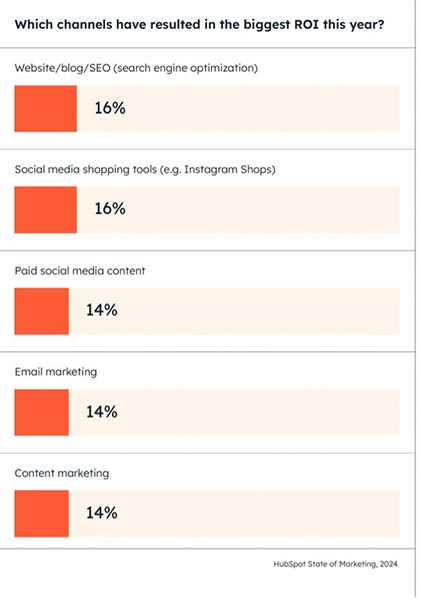
Source: HubSpot “2024 State of Marketing”
Just look at the spread for marketers’ top challenges. It is one point. The spread for trends generating the best results (with the exception of short-form video at 17%) is two points. The spread for top marketing goals—(with the exception oof “increasing revenue and sales”)—four points.
You’re not going to get much out of these numbers without being able to dive into the details.
Boomers—You’re Out
One clearly visible trend, however—Boomers, you’re out.
Buyers are increasingly digital natives. This is putting non-digital natives in the doghouse. With so much time and effort needing to be put into the fracturing digital marketing-verse, who has time to target the old-timers? More than two-thirds (74%) of marketers report wanting to reach Millennials and 67% report wanting to engage with Gen Zs. Those wanting to target Baby Boomers? A whimpering 27%.
How do you find the desirable buyers? Largely on social media, but here’s yet another fascinating piece of data. When you look at the channels marketers use versus the ones they feel have the most impact, the gap is significant. In other words, marketers use these channels more than they are certain they work.
Is this surprising? It shouldn’t be. It takes so much time, effort, and sophistication to mine out correlations that, for many marketers, it’s too time consuming, costly, and overwhelming. So they don’t do it. They know these channels work for the majority of some populations, so they figure let’s just do all of them. Or most of them. Just posting content is inexpensive, so let’s throw spaghetti at the wall. It can only help, right?

Even so, Facebook, Instagram, YouTube, and TikTok have the strongest ROI — and these do, in fact, align with where marketers are investing in 2024. “Twenty-seven percent of marketers who don’t use YouTube plan to start in the year ahead. For those curious, 68% of marketers predict more success with X than Threads in 2024,” notes the report.
Trends? There Are None
The report had plenty more interesting data, but regardless of how much is provided here, the takeaway remains the same. To channel Will Smith in “Hitch”: “The trends? Well, there are none.” Not on the surface, anyway. Hence the “Age of Intelligence.” There are trends in there. We just need the ‘bots to find them.
So if you’re not a fan of AI, you might want to get over it.


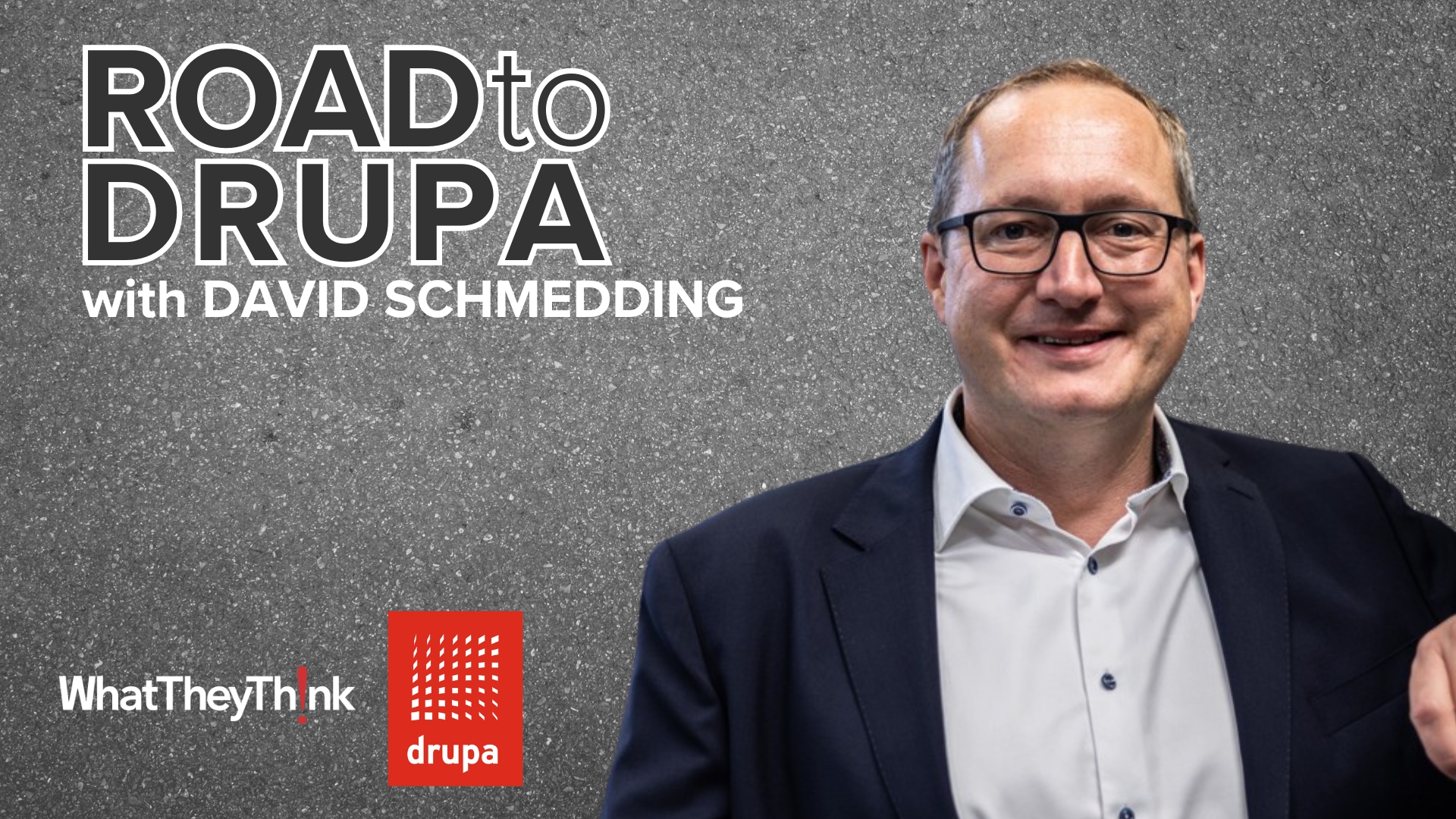
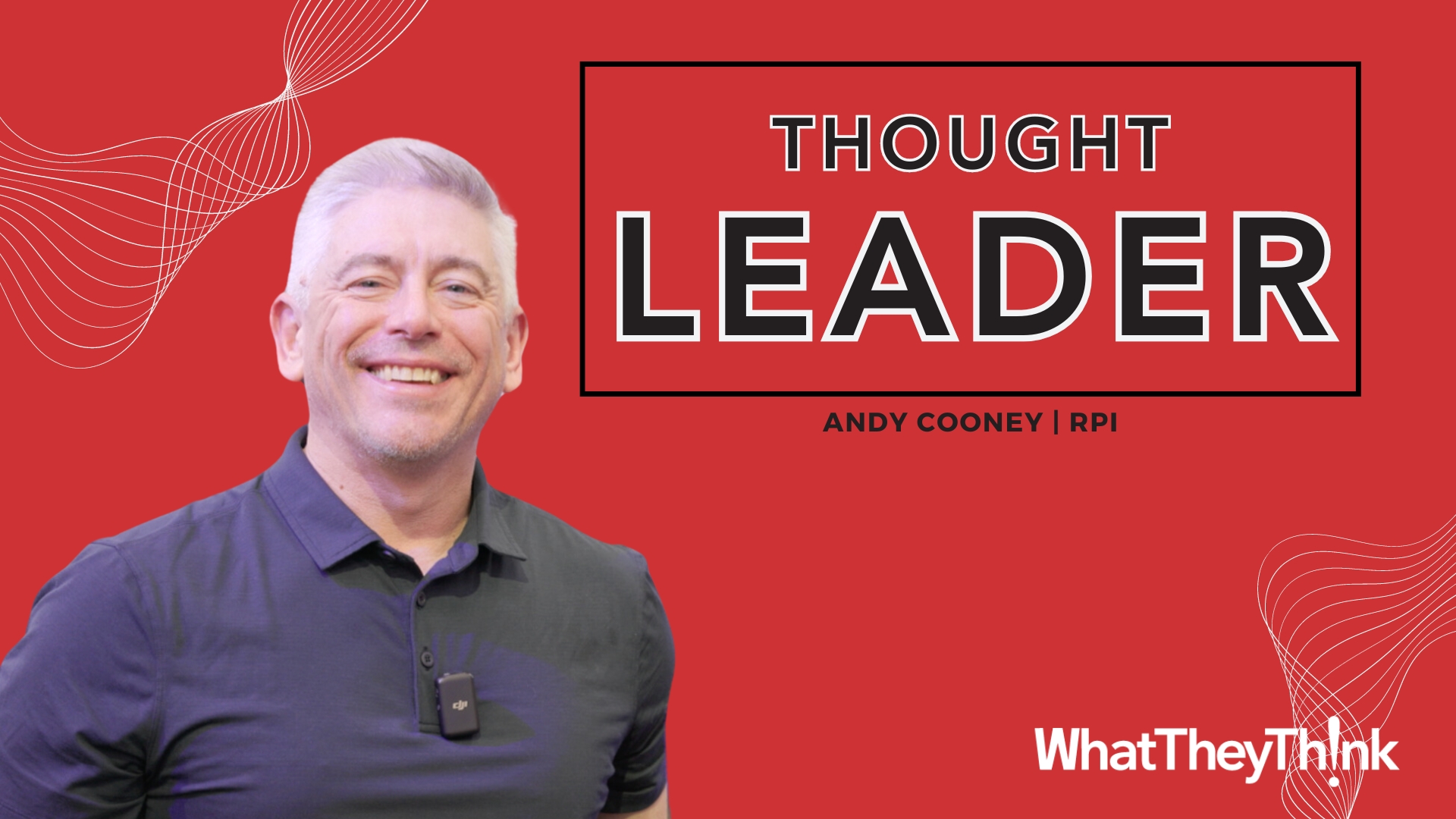
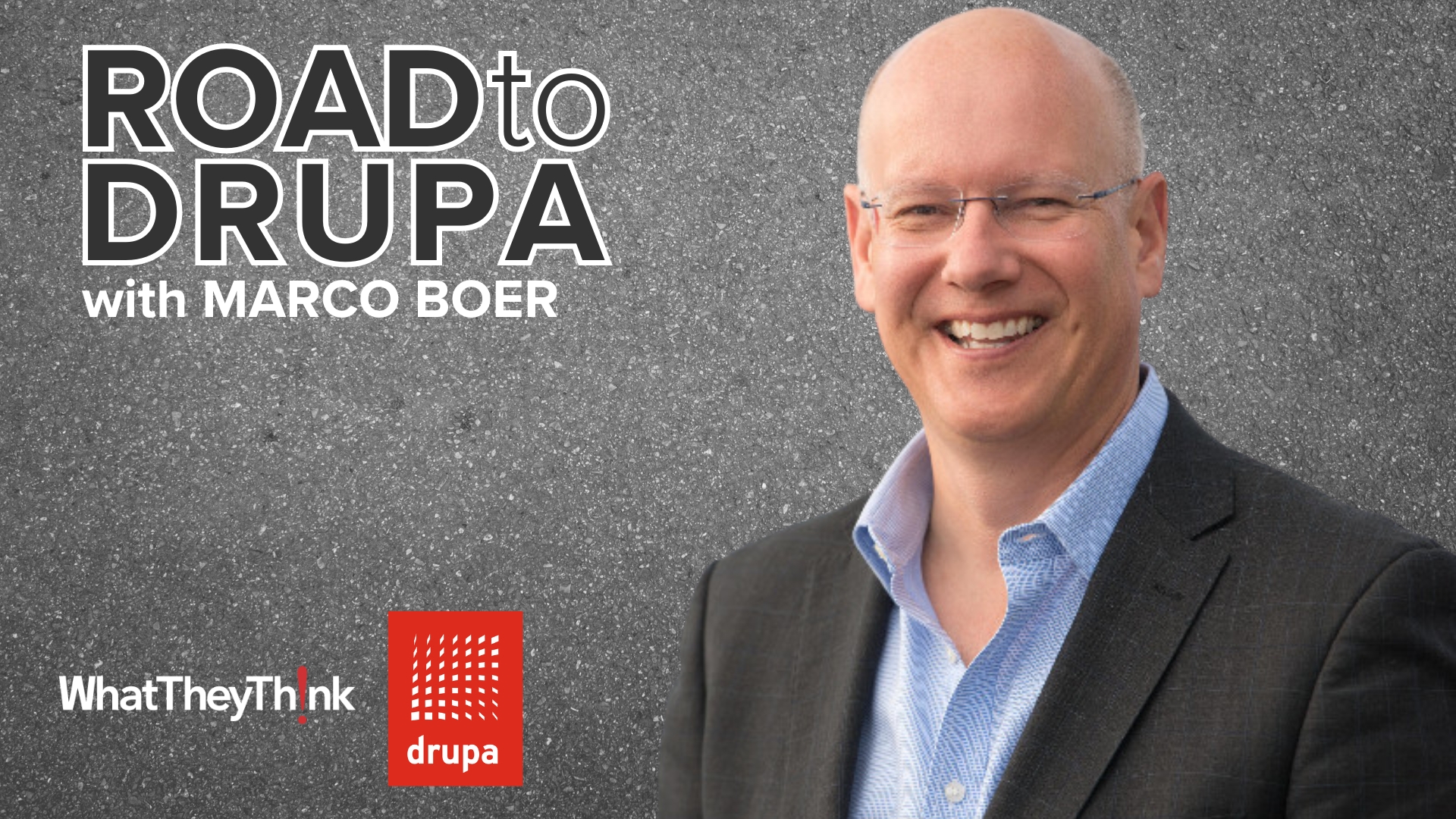

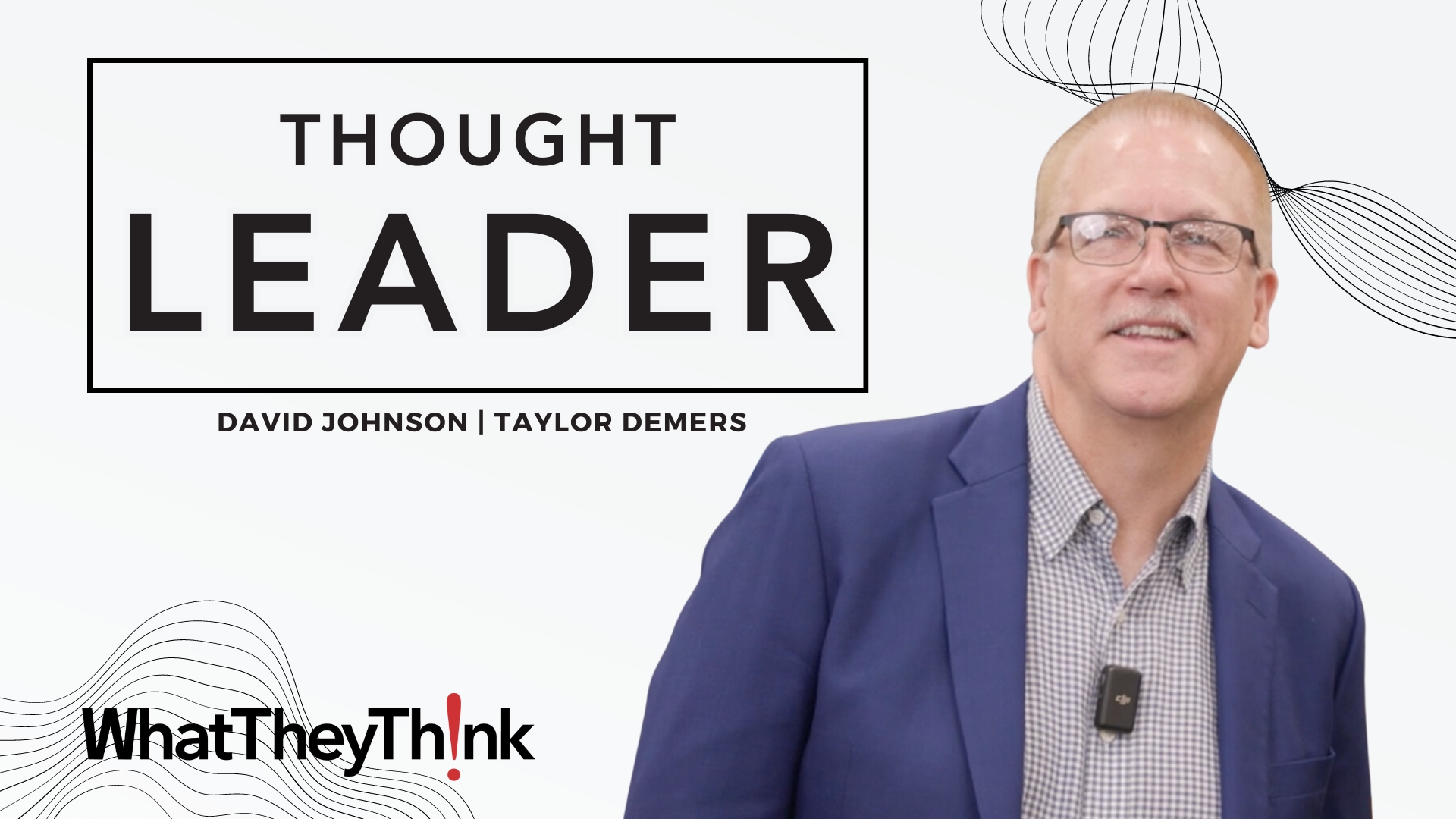
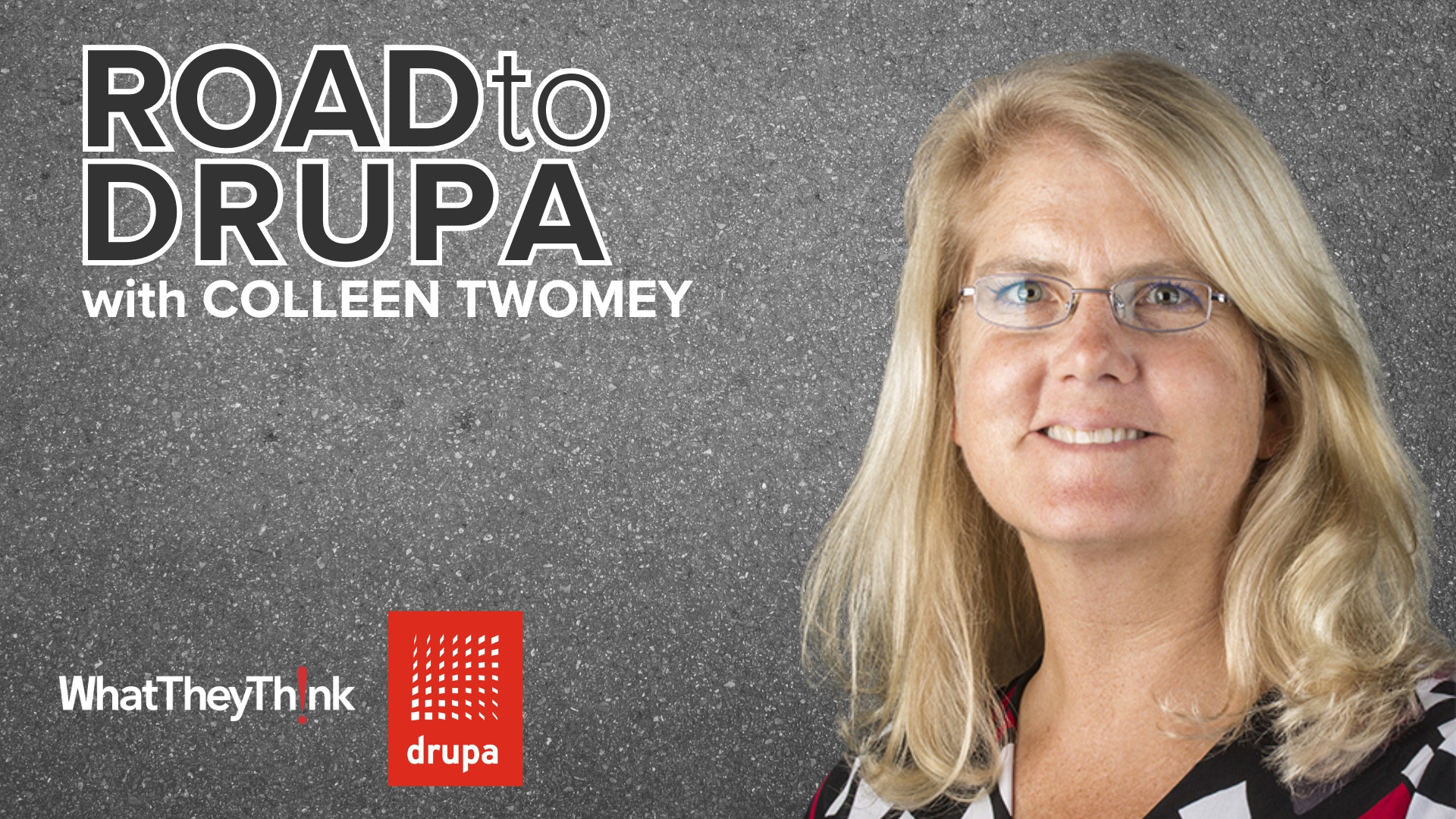


Discussion
Join the discussion Sign In or Become a Member, doing so is simple and free